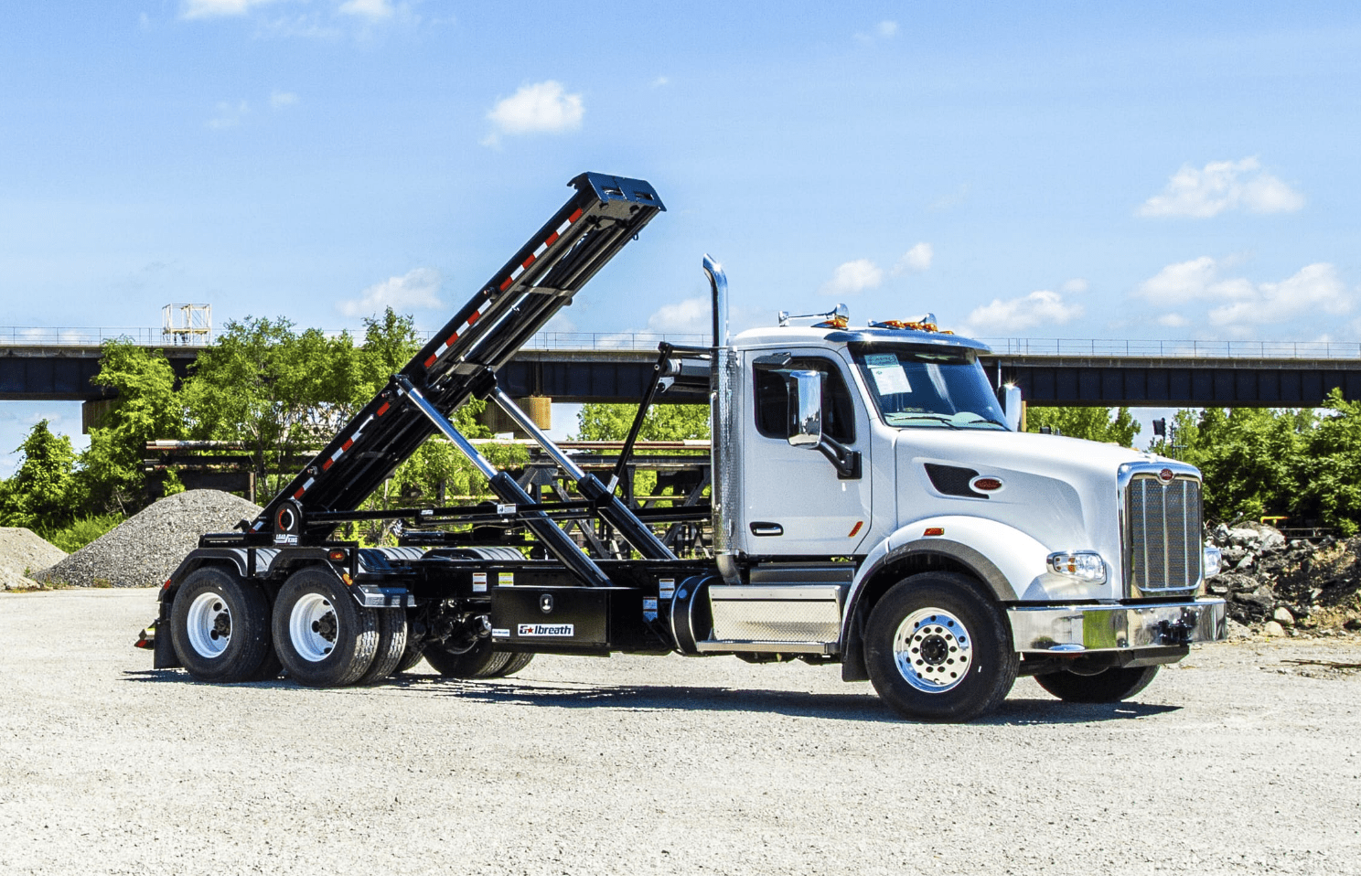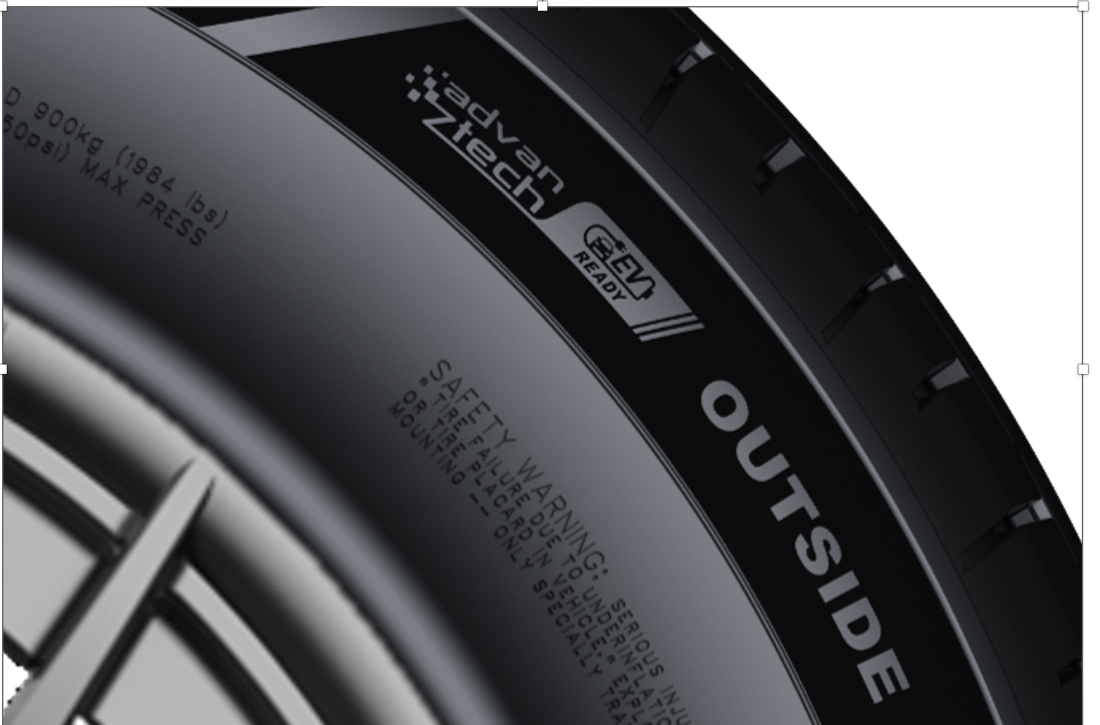When Should You Replace Your Truck Tires? 5 Signs to Look For

When Should You Replace Your Truck Tires? 5 Signs to Look For
Truck tires are built to endure heavy loads, rough terrains, and long distances, but even the most durable tires will eventually need to be replaced. Knowing when to replace your truck tires is essential for maintaining safety, optimizing performance, and ensuring your vehicle is ready for any task. In this article, we’ll explore five key signs that indicate it’s time to replace your truck tires, and we’ll offer tips on how to choose the best replacements.
Sign 1: Tire Tread Wear
Excessive tread wear is one of the most important indicators that your vehicle tires need to be replaced. Your tires’ tread provides traction on the road, which promotes stability and safety, particularly in inclement weather like rain, snow, or mud. Your tires lose their capacity to provide enough grip as the tread wears down, which raises the possibility of hydroplaning or skidding.
How to Check for Tread Wear: The penny test is the easiest method for determining tread wear. Place a cent with Lincoln’s head looking downward in the tread groove. Your tread has worn down to 2/32 of an inch, which is the legal limit for the majority of oem tires in the United States, if you can see all of Lincoln’s head. It’s time to replace the tires if the tread wears down any further.
In addition, a lot of contemporary truck tires have elevated bars incorporated into the tire grooves to indicate tread wear. The tires have obviously worn to the point that these bars are flush with the tread.
Selecting New Tires: Take into account the kind of terrain you usually drive on when choosing new tires. You’ll want tires with good tread life and quiet performance if you drive mostly on highways. All-terrain, mud-terrain or off road tires with aggressive tread patterns will offer superior durability and traction for off-road driving.
Sign 2: Cracks, Bulges, and Sidewall Damage
Cracks, bulges, or blisters on the sidewalls of your truck tires are another sign that it’s time for a replacement. These issues can occur due to aging, exposure to extreme weather conditions, or driving over potholes and debris. Cracks in the rubber indicate that the tire’s structure is weakening, and bulges often mean that the internal layers of the tire have been compromised, posing a serious safety risk.
How to Inspect Sidewalls for Damage: Regularly visually inspect the tires on your truck, especially after traveling on rough terrain or in inclement weather. Keep an eye out for any obvious fissures or protrusions from the surface along the sides. It’s critical to replace the tire right away if you see any of these symptoms in order to avoid blowouts or other hazardous circumstances.
Selecting New Tires: Think about buying tires with reinforced sidewalls when replacing tires that have sidewall damage. These are especially useful if you carry heavy items or drive over uneven terrain frequently since they provide extra durability and impact protection.
Sign 3: Unusual Vibration or Thumping
If you’re experiencing unusual vibrations or thumping sounds while driving, it could indicate an issue with your tires. Vibration can occur for several reasons, such as uneven tire wear, misalignment, or internal tire damage. While some vibration is expected when driving on rough surfaces, excessive vibration on smooth roads is often a red flag.
How to Check for Vibration Issues: Check your tires for flat areas or uneven wear patterns if you experience unusually high levels of vibration. To make sure your tires are correctly balanced and aligned, you can also have them examined by an expert. The only fix for internal tire damage, such as a broken belt, that may be the source of the vibration is to replace the tire.
Selecting New Tires: If the vibration is coming from uneven wear or internal damage, check sure your replacement tires are installed with perfect balance and alignment. This will prolong the life of your new tires while also enhancing ride comfort.
Sign 4: Frequent Loss of Tire Pressure
Although tires gradually lose pressure, if you find yourself constantly pumping air into your vehicle tires, it could indicate a slow leak or structural damage. It is risky to drive on underinflated tires since this increases rolling resistance, which can lead to tire overheating and a rupture.
How to Check for Pressure Loss: Regularly monitor your tire pressure using a tire pressure gauge or by keeping an eye on your vehicle’s tire pressure monitoring system (TPMS). If one or more tires are consistently losing air, inspect them for punctures, cracks, or leaks. Slow leaks can often be caused by objects like nails or screws lodged in the tire.
Selecting New Tires: When replacing tires due to frequent pressure loss, consider opting for tires with stronger puncture resistance or run-flat technology. Run-flat tires allow you to drive for a short distance at a reduced speed even when a tire has lost air, giving you time to reach a repair shop without the need for an immediate roadside fix.
Sign 5: Age of the Tires
Your vehicle tires’ performance and safety might be significantly impacted by age, even if they seem to be in good condition. Tires’ rubber deteriorates with time, which increases the chance of tire failure and reduces traction. Regardless of tread wear, the majority of tire manufacturers advise replacing tires every six to 10 years since they can lose structural integrity with time.
How to Check the Age of Your Tires: You can determine the age of your tires by checking the DOT code on the sidewall. The last four digits of the code indicate the week and year the tire was manufactured. For example, a tire with the code “2519” was made in the 25th week of 2019. If your tires are over six years old, consider replacing them, even if they appear to have adequate tread left.
Choosing New Tires: When replacing older tires, look for models with modern rubber compounds designed to resist aging. Newer tires often include technology that improves their longevity and maintains performance over time, ensuring you get the most out of your investment.
How to Choose the Best Replacement Truck Tires
Once you’ve identified the signs that your truck tires need replacing, the next step is choosing the best replacements. Here are a few key factors to consider:
- Terrain and Usage: If you drive mostly on freeways or city streets, seek for tires that put comfort, noise reduction, and fuel economy first. If you frequently drive your truck off-road or across difficult terrain, go with all-terrain or mud-terrain tires, which have better traction and longevity.
- Load Capacity: Truck tires come with different load ratings, indicating how much weight they can safely carry. Make sure the tires you choose can support the weight of your truck, especially if you frequently haul heavy loads or tow trailers.
- Weather Conditions: Consider the typical weather conditions in your area. All-season tires are a good option for most climates, but if you live in a region with harsh winters or frequent rain, you may want to invest in specialized tires like winter or rain tires.
- Quality and Brand: Purchasing tires from reliable manufacturers that strike a good balance between longevity, performance, and safety is well worth the investment. Although high-quality tires may cost more initially, they frequently perform better and last longer, so they end up being a more economical option over time.
- Fuel Efficiency: Certain tires are made to have less rolling resistance, which can increase the fuel economy of your truck. Think about buying tires with environmentally friendly characteristics if you drive a lot or want to reduce your fuel expenses.
In summary
To protect your safety and keep your truck operating at its best, you must be able to spot the warning signals that your tires need to be changed. It’s important to know when to change your tires to avoid accidents and maintain the smooth operation of your truck, regardless of the reason for the wear, such as sidewall damage, vibration, age, or worn tread. By selecting the appropriate replacements according to the type of driving you do, the terrain, and the weather, you can make sure your truck is prepared for any obstacle the road—or trail—throws at it.


